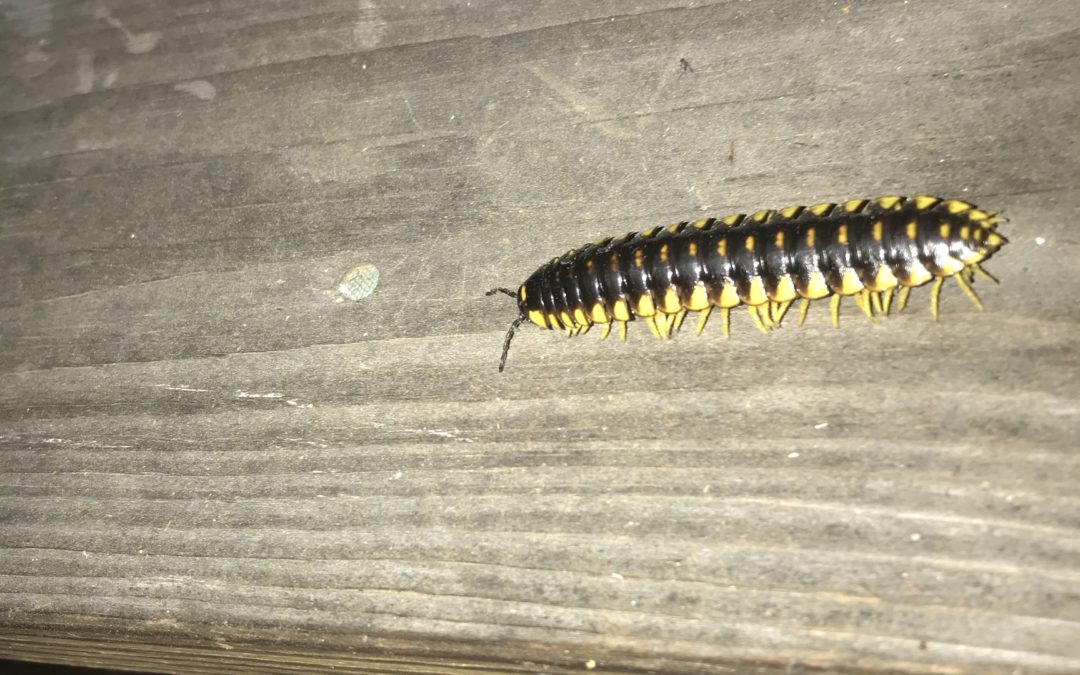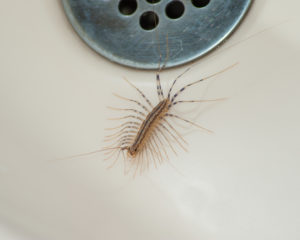Millipedes and centipedes look very similar and most often get confused. They are both long arthropods with many sets of legs. However, there are several distinct differences between these creatures. These differences include appearance, diets, how they defend themselves.
Differences in appearance
One of the more obvious differences between centipedes and millipedes is their shape. Millipedes are rounder, while centipedes are flatter. Even though their shape is different it is still hard at time to tell them apart. Millipedes have a darker color than centipedes, they are usually a dark brown or black while centipedes will be a light brown. Millipedes will have more legs than centipedes, however, they are hard to see because of their shape. The legs on a centipede are much easier to see because they are more prolonged. Centipedes also have longer antenna than millipedes. These antennas help them find food because their vision is poor. They also have a segmented body that allows them to be more flexible and run fast. Even though millipedes have more legs they don’t move as fast as centipedes. When it comes to the number of legs a centipede can have anywhere from 20 to 350 legs while a millipede will have on average around 300 legs. They can have upwards of 750 legs. Now that we know what they look like, what do they eat?
Differences in diet
Centipedes are carnivorous creatures that can go long distances to search for their food. When they do kill their prey, they inject a venom that makes the bite fatal for the prey. They also have a pair of legs which are used to attack prey and are also used to inject venom. Millipedes are detritivores, which means that they feed mostly on dead organic matter. This would include decaying plants and animals. Because they are slow and cannot go over long distances looking for food or shelter, they tend to settle for whatever they come across first. They have been known to seek refuge in houses where they feed on wood.
How do Millipedes and Centipedes defend themselves?
As mentioned before centipedes use their venom to attack their prey. This is the same for when predators try to attack them. They will inject their venom into the predator in hopes that it kills them or leaves them discouraged for another attack. Millipedes are the complete opposite when it comes to how they defend themselves from predators. Due to the fact that millipedes do not have any venom they don’t have the option to bite their attacker. Instead, they curl up in a ball. This protects their soft underside which includes their head and other vital body parts. When millipedes feel threatened, they will release a toxic compound that can be harmful to both insects and humans.
For all your pest control need’s call U.S. Pest at 615-822-8500 or visit our website at uspest.com.
Don’t forget to follow us on Facebook at uspest


